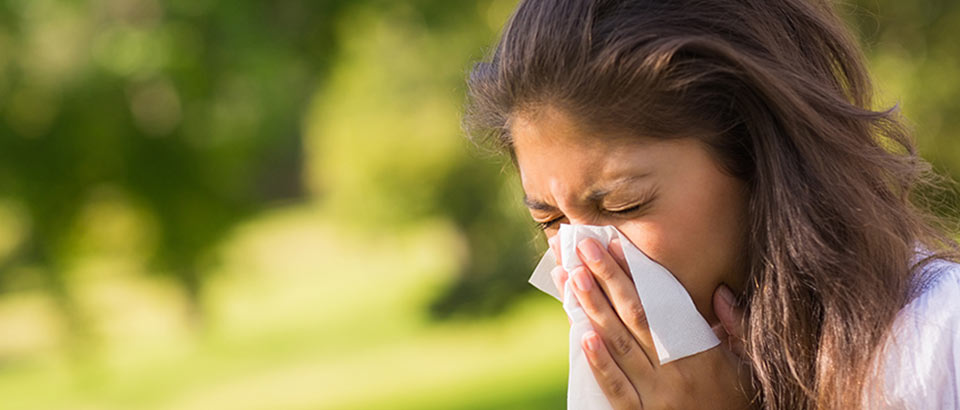
Allergens at home: Pollen
And how Philips can help
5 min. read
We believe there is always a way to make life better. That’s why we’re dedicated to creating comprehensive solutions to help improve air quality at home. In this article we explore one of the most common triggers of respiratory allergies – namely, pollen – and what you can do to catch and control it. So what exactly is pollen? Your immune system protects you against foreign invaders, such as bacteria, fungi and viruses, that can cause infections. However, in people with allergies, your immune system mistakes a substance that’s ordinarily harmless to most people for something that’s dangerous – and attacks it. One of these substances is pollen. Let’s take a closer look Allergens can be split up into outdoor and indoor allergens. Pollen is one of most common outdoor allergens. It consists of individual pollen grains that contain the male sex cells. Wind-pollinated plants usually release the most pollen in order to ensure pollination. This lightweight dust can travel hundreds of kilometers – the windier it is, the more widely the pollen is spread, and the higher the concentration. Rain, however, drives pollen towards the ground, which then lowers the risk that you will suffer from hay fever symptoms. In some people, it takes only a few pollen grains to trigger a severe allergic reaction.[1][2] Although pollen is mostly categorized as an outdoor allergen, it’s important to know that pollen particles can easily get into your home. [1] https://www.ecarf.org/en/information-portal/allergies-overview/pollen-allergy/ [2] http://www.webmd.com/allergies/how-weather-affects-allergies

What are the pollen types, and when do they occur?
1. Grass pollen Season: usually spring (April to June), but pollen can also be detected in September in southern countries 2. Weed pollen Season: mainly during summer, but can occur in the atmosphere much longer in the Mediterranean area 3. Tree pollen Season: typically spring and summer, but as with the other pollen types above, the exact timing can vary between European regions and even year-to-year Many countries produce pollen calendars, which show the typical periods in which you can expect the presence of different types of pollen. For more information, please check the websites of local hay fever patient groups. How can you keep track of pollen? Luckily, there are pollen forecasts. These are based on a variety of environmental and seasonal factors including past and current pollen counts and the weather conditions. A pollen forecast can help allergy sufferers plan their day. You can find pollen forecasts for your area on the Philips Clean Home+ App or online. What is a pollen count? A pollen count is a measure of pollen in the air over a period of time and is expressed in grains of pollen per cubic meter of air. Pollen counts typically represent the concentration of particular pollen types. The higher the count of a pollen type that you are allergic to, the more likely you are to display allergy symptoms. How can I avoid pollen? Because pollen can be carried into your home on things like clothing and pets, it’s important to try and avoid it when outdoors. Here are a few pointers to help: Philips Air Purifiers have an in-built advanced multi-layer filtration that is capable of removing 99.97% of airborne allergens such as pollen. If you’d like to know more about how you and your family can enjoy clean and healthier air, simply follow this link. Go on, breathe the difference, today. [3] https://patients.eaaci.org/pollen/ [4] http://www.nhs.uk/Conditions/Hay-fever/Pages/Introduction.aspx [5] http://www.webmd.com/allergies/features/allergies-and-exercising-outside






